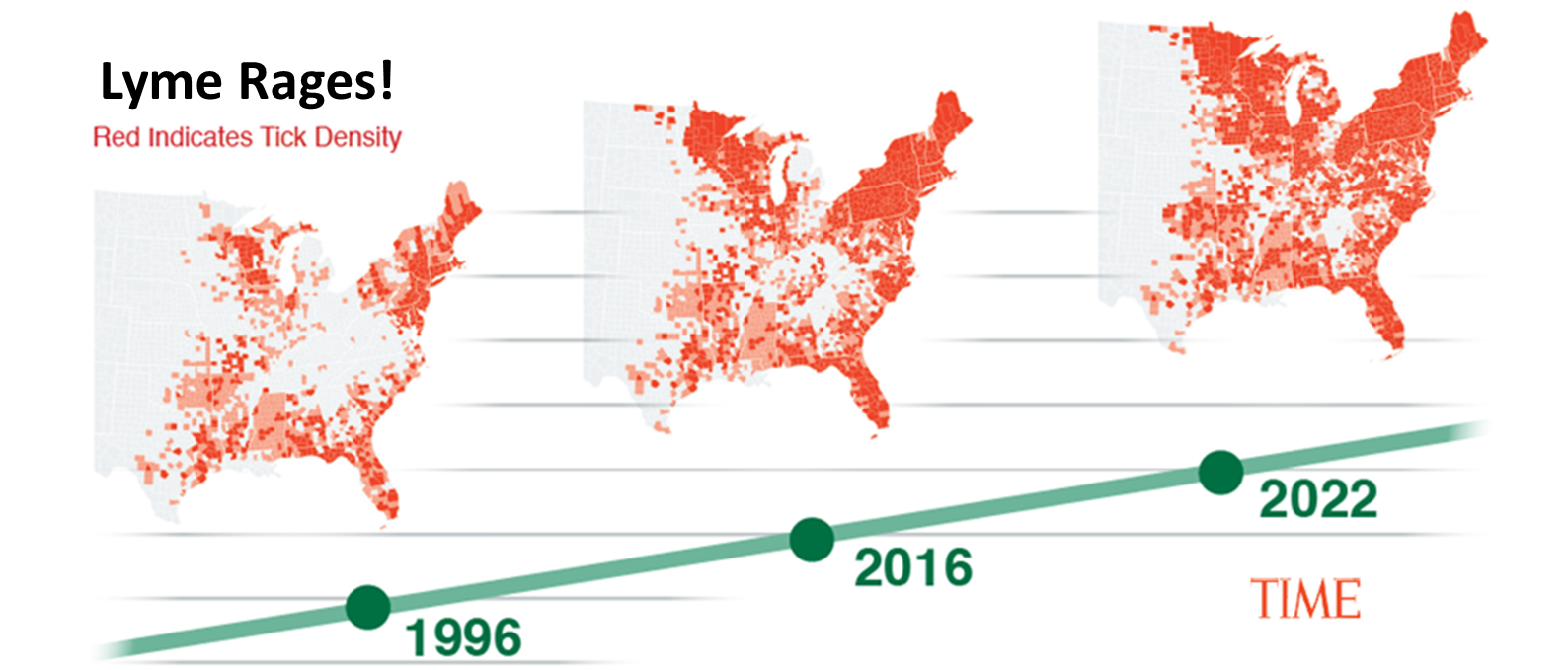GUEST POST: Patent Due Diligence Check List
by David M. Roccio, Lando & Anstasi, LLP
June 22, 2023

The below checklist should help Capital Providers conduct a thorough Patent Due Diligence Process as well as help Capital Seekers prepare for an Institutional Due Diligence Process
| Patents | Date Requested | Date Received | Follow-up | |
| 1. | U.S. and international patents and pending applications owned or licensed by target · schedule from target · independent search and analysis | |||
| 2. | Maintenance and annuity fee status for each patent application. | |||
| 3. | Ownership and assignment records for patents and applications. | |||
| 4. | Leins and encumbrances. | |||
| 5. | Opposition, reexamination, interference, reissue, confirmation of scope, nullity, inter partes, ex parte and post grant proceedings. | |||
| 6. | R&D related to future patent protection. Confirm trade secret status of each. | |||
| 7. | Identify patent claims that correspond to existing and future products. | |||
| 8. | Identify key patents · identify inventors and employment status · confirm assignment of patent rights | |||
| 9. | Agreements dealing with patents · licenses · interference settlement agreements Identify revenue streams or royalty obligations associated with each agreement. | |||
| 10. | Describe process by which inventorship and ownership were determined. | |||
| 11. | Conclusions, reports, and opinions, whether internal or external, concerning: · validity of patents · prior art searches · infringement of its patents by others · infringement of third-party patents by its products · validity of third-party patents Confirm that material prior art has been cited to patent offices that have duty of disclosure | |||
| 12. | Schedule of any action to be taken during the transition or due diligence periods to protect the patents, e.g., paying maintenance fees or responding to Office Actions. | |||
| 13. | Identify bar dates or disclosures of new products that will necessitate imminent filings in order to avoid loss of rights. | |||
| 14. | Patent term extensions: · Have patent term extensions been applied for and obtained where appropriate? · Patent term extension applications for U.S. and internationally marketed devices and drugs. | |||
| 15. | Have reporting requirements been met for applications supported with federal grants? | |||
| 16. | Valuation analysis. | |||
| 17. | Patent disputes · cease and desist letters · allegations of infringement · warning letters · filing of complaint | |||
| 18. | Product clearances · clearance procedures · results and/or opinions | |||
| 19. | Licensing · Correspondence to or from target inquiring about a possible license or the status of a patent or patent application. |
Clean Up Questions:
Are you aware of any other information of material significance in our efforts to:
- determine the status, nature, scope, and likely validity of target’s intellectual property (e.g., patents, trademarks, copyrights, trade secrets) relevant to the deal;
- ensure that clear title to the intellectual property relevant to the deal resides in target;
- help establish a value for the intellectual property by assessing the exclusionary power of the IP; and
- assess the risks that the target may be precluded by third parties from practicing its technology.



